The Hafler Trio
"The Hafler Trio Play The Hafler Trio Play The Hafler Trio"
Label: Tragic Figures – TFT027
Format: Cassette, Album, Limited Edition, C60
Country: Portugal
Released: Dec 1991
Genre: Electronic
Style: Experimental

The Hafler Trio
"The Hafler Trio Play The Hafler Trio Play The Hafler Trio"
Label: Tragic Figures – TFT027
Format: Cassette, Album, Limited Edition, C60
Country: Portugal
Released: Dec 1991
Genre: Electronic
Style: Experimental

Contents
The
contributors – vii
Introduction
– Richard Orton – 1
1
Hardware – Richard Orton – 3
2 Using
the hardware: software, techniques and ideas – Richard Orton – 26
3
Electronic music in the primary school – Peter Warham – 45
4
Electronic music in the secondary school: 1 – Phil Ellis
5
Electronic music in the secondary school: 2 Tom Wanless – 92
6 Simple
Equipment for electronic music making – Andrew Bentley – 107
7 What
is musicmontage? – Trevor Wishart – 132
8 Making
and performing simple electroacoustics instruments – Hugh Davies – 152
Appendices
I Glossary – 175
II
Course outline – 179
III
Select bibliography – 181
iV
Select discography – 194
V
Manufacturers and suppliers – 188
VI
Electronic music studios in the United Kingdom – 190
VII
Societies and courses – 191
VIII Items on the accompanying cassette – 192
Index
The
Contributors
Richard
Orton is a senior lecturer in music at the University of York. He founded York
University Electronic Music Studio in 1968 and has directed it ever since. His publications
include units on Natural Sound and Electric Sound for the Open University’s
course ‘Art and Environment’ (1976) and his compositions include many that
employ electroacoustic resources: Sampling Afield (1969), Clock Farm (1973),
Ambience for solo trombone and tape (1975), Scatter for trombone, piano and
tape (1977) and Emergences for speaking voice, flute, cello, piano and
prerecorded tape (1978).
Peter
Warham was headmaster at Barlby Bridge Primary School, Selby, Yorkshire for
seventeen years until his retirement in 1979, and started using electronics in
school music in 1969. Articles include ‘Using the tape recorder in the
classroom’ for Tape Teacher and ‘Poetry and sound’ for Headland magazine. In
1977 he was awarded a Silver Jubilee Medal for services to education. At
present he is working on a science project for teachers in N. Yorkshire.
Phil
Ellis was head of music at Notley High School, Braintree, Essex from 1971-8.
The music curriculum there was based to a large extent on creative activities
and made significant use of electronics apparatus. The school has been
associated with the Schools Council Secondary Music Project since 1973 and some
aspects of Phil Ellis’s work have been featured in tape-slide programmes and in
printed materials produced by the project. He is now lecturer in music at
Huddersfield Polytechnic where he directs the electronic music studio.
Tom
Wanless is head of music at Sheldon School, Chippenham, Wiltshire, where the
music curriculum successfully combines electronic music activities with other
music making. The school has also been associated with the Schools Council
Secondary Music Project and he has contributed to courses and conferences
dealing in particular with the assessment and evaluation of children’s creative
work in music.
Andrew
Bentley is resident in Finland and works in Finnish Radio Electronic Music
Studio which he has largely designed and built up. He has produced a number of
programmes on electronic music for schools. His Four Finnish Tapes
(commissioned by Finnish Radio in 1975) explore what can be done with limited
equipment such as might be available at home or in school.
Trevor
Wishart is a composer and environmental musician. He has worked extensively in
education, with children in school and in specially commissioned
environmental-music projects and also with teachers on numerous courses in
Britain and overseas. His many tape compositions include Machine (1971),
Journey into Space (1972) and Red Bird (1977). He has written two books of
musical games (Sounds Fun and Sounds Fun 2, Universal Edition, 1977). Other
writings include Sun – Creativity and Environment (Universal Edition, 1974),
Sun 2 – A Creative Philosophy (Universal Edition, 1977) and, in collaboration
with Shepherd, Vulliamy and Virden, Whose Music? A Sociology of Musical
Languages (Latimer New Dimensions, 1977).
Hugh
Davies was assistant to Karlheinz Stockhausen in Cologne from 1964-6. Since
1968 he hs been director of the electronic music studio at Goldsmith’s College,
University of London. His publications include The Electronic Music Catalog
(MIT Press, 1968).
Acknowledgements
Thanks
are due to the following for permissions to use copyright material:
Edinburgh
University Press for ‘Opening the Cage: 14 Variations on 14 Words’ from The
Second Life by Edwin Morgan
Her
Majesty’s Stationery Office for extracts from Newsom, Half Our Future Universal
Edition (London) Ltd for the extract from Murray Schafer, The Rhinoceros in the
Classroom
Tom
Bestwick for cover photograph, frontispiece and Plates 2-4
David
Whiteley for Plate 1
Phil
Ellis for Plates 5-8
Philip
Palmer for Plate 9
Michael
Dunn for Plates 10-12
Introduction
RICHARD
ORTON
As a
means of activity, of discovery of the sound-world about us, of its potential
for human expression, the sonic art of electronic music is young. It has little
weight of tradition to enshroud us in unquestioned and unquestionable canons of
thought and behavior, to draw its students into possibly inappropriate modes of
feeling. Of course, to many there may be dangers of superficiality because of
its novelty. Luckily for the children in our schools this question hardly
arises – novelty applies to almost every activity which is undertaken. Today
the tape recorder can be a powerful means of reflecting and organizing our
experiences, in documentary, narrative or musical forms. Electronics provides
communication among people, and among peoples, on a scale not contemplated in
earlier decades. Although its impact has been felt, electronics is not
significantly used by the majority of educators in music and the arts. Here and
there are pioneers working in schools to direct young sensibilities towards
these means of expression; they have found the use of electronics wholly
justifiable in its capacity to involve children in their own education, to lead
them into unsuspected territories and provide significant and stimulating
creative experience.
This
book has drawn together some of these pioneers of electronic music in schools,
to point the way and to encourage those teachers who have not yet ‘taken the
plunge’. It has taken the view that although great sums of money can be spent
on electronic hardware for making music, this is by no means a guarantee of
artistic success or of communicative ability on the part of its users. Indeed,
discovering what can be achieved with minimal equipment is a powerful stimulus
for invention. As far as equipment is concerned, the authors of this book share
a belief that a start can be made with one tape recorder, one microphone and
one reel of tape. Beyond this starting point, each additional item of equipment
will appear a bonus.
My own
chapters serve to outline the equipment and techniques that have evolved for
electronic music. The second chapter begins to place the techniques within the
school context. Peter Warham, in the third chapter, gives a sketch of how he
came to use electronic music in the primary school. Phil Ellis and Tom Wanless
then each give their own positive views of electronic music in their secondary
schools, and indicate that the CSE Mode III examination provides an opportunity
to place the approach firmly within the curriculum.
The
remaining chapters are a little more specialized. Andrew Bentley provides a
stimulating plethora of ideas for using simple, cheap and readily available
equipment in imaginative ways, and supplies a number of designs for simple
circuits for those teachers who wish to introduce elementary electronics.
Construction into the course. Trevor Wishart discusses the principle of
music-montage which he has evolved, especially in his tape composition Red
Bird, and give an insight into the potential of electronic music beyond the
classroom. Hugh Davies brings his experience as an instrument maker to the
final chapter. He introduces some projects for constructing and performing
electroacoustic instruments, and suggests that in time activity will supersede
that of tape manipulation in electronic music.
A Course
outline suggests a series of graded activities conceived primarily for secondary-school curriculum, but which should
help teachers plan any course which intermittently adopts electronic music for
different year-groups. The series of further appendices will be of assistance to
teachers or pupils who wish to further their study of electronic music.
While
the text itself is designed to be self-contained, an accompanying cassette has
been prepared which illustrates many chapters of the book. Undoubtedly the
excerpts of material created by schools pupils will be of special interest.
Appendix VIII gives a list of the recorded itens, while the actual cassette may
be obtained from Cambridge University Press.

1993-07-14 Sonic Youth

memorabilia -
"atacador" / etiqueta da serapilheira - capa de
De Fabriek - "Made in Spain"
(Discos Esplendor Geometrico)

Hospital Psiquiátrico – 1º Electrochoque
Electronic, Abstract, Industrial, Experimental from Portugal
Memorabilia -
ticket de concerto
Luís Lopes + Fred Lonberg-Holm + Ingebrit Haker Flaten + Gabriel Ferrandini
Local - Biblioteca Municipal do Barreiro
Data / Hora - 21 de Junho de 2019
Organização - OUT.RA
Preço - 5€
Nº - 054

Crepúsculo Dos Deuses - Última Emissão - Emissão 565 - 16.12.1988
(R.U.T. - Rádio Universidade Tejo)
A última edição de um programa marcante pessoalmente e para muitos da minha geração. O programa durou cerca de 2 anos e nove meses e o "suicídio" foi involuntário. Obrigado a Fred Somsen, Paulo Somsen e Eugénio Teófilo.

George Silver
14.12.2019 - Auditório da Biblioteca Municipal do Barreiro
22H
Nº 23
5€

Permanent
Transience
London,
1979.
At the
end of the Winter of Discontent, just prior to Thatcher coming to power, two Young
men form a band and a record label. They are musically inept and have no idea
how to run a business. But they have an urge to make a noise, so they record
what becomes their first single. And then they contemplate their first
rehearsal…
An
insider’s story of post-punk band The Door And The Window and of a brief moment
in musical history when anything was possible.
ISBN:
9781976779855
Made in
the USA
Middletown,
DE
30
January 2021
164
páginas
Not on
label
Self
released
Edição
de autor
Preface
In
writing my version of the story of The Door And The Window I have focused
mainly upon the first phase of the band’s existence, because it reflects a
unique point in the history of (un)popular music. For a brief couple of years
after the commercialisation (and subsequent redundancy) of punk music it was
possible to produce and market all sorts of weird music and noise. Nag and I
had a keen interest in playing music and in running our own record company.
Despite having no business sense and no musical competence we managed to make
and sell records – to an underground audience that was small, but which was
widely (internationally) scattered. I felt myself to be one of a tangible
community of musicians supporting each other with equipment and information,
and of a wider community of people putting out their own music on small labels.
Rather than a sense of competition, or envy at other bands having bigger
audiences or sales there was a spirit of one of the gang doing well. We were
constantly bemused at our own success and that people kept offering us work and
exposure.
I have
written more briefly of later incarnations of the band, because our gigs got
less frequent, and to put them fully into context would have meant a book
several times longer. The importance of the later versions of TDATW for me is
that we continued to demonstrate the Permanent Transience that we had initially
claimed as our modus operandi.
I have
tried to be as true as I can to my experience of the story of The Door and The
Window, although this has been written many years after the events. I have used
old diaries as sources of information, but realize that I didn’t bother to
record many things that were familiar enough to be taken granted at the time. I
have chosen to leave out details that I cannot date or corroborate and have
aimed to avoid retrospective analysis in an attempt at recapturing some of the
spirit of that time.
Thanks
everyone mentioned in the story, and apologies to those missed out.
Agora em Portugal - BUBOK - clique na imagem
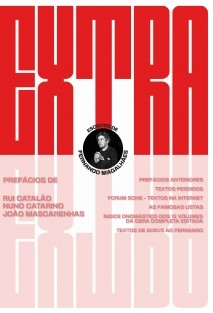
Agora em Portugal - BUBOK - clique na imagem
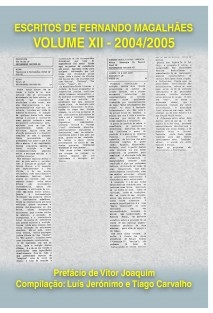
Agora em Portugal - BUBOK - clique na imagem
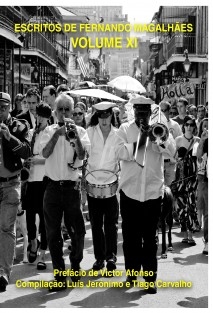
Agora em Portugal - BUBOK - clique na imagem
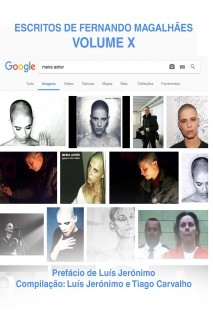
Agora em Portugal - BUBOK - clique na imagem

Agora em Portugal - BUBOK - clique na imagem
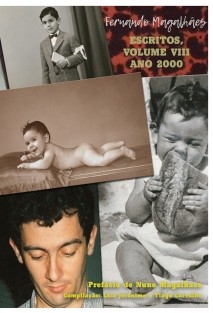
Agora em Portugal - BUBOK - clique na imagem
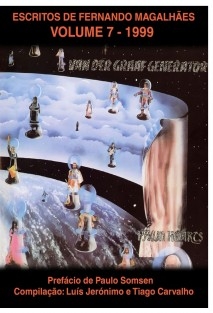
Agora em Portugal - BUBOK - clique na imagem
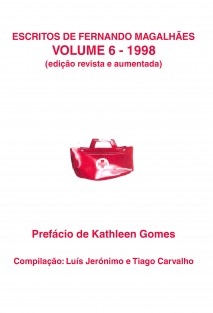
Agora em Portugal - BUBOK - clique na imagem
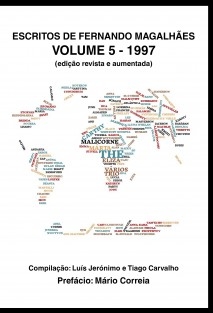
Agora em Portugal - BUBOK - clique na imagem
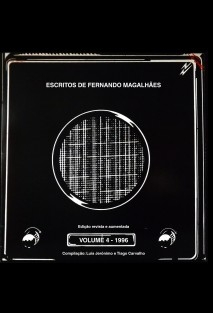
Agora em Portugal - BUBOK - clique na imagem
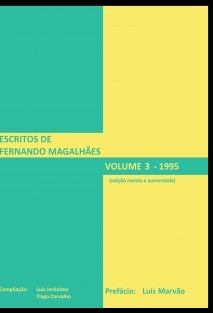
Agora em Portugal - BUBOK - clique na imagem
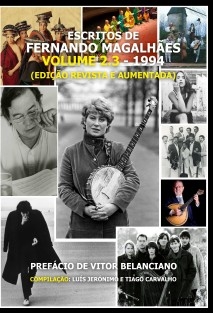
Agora em Portugal - BUBOK - clique na imagem
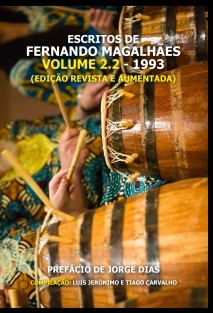
Agora em Portugal - BUBOK - clique na imagem
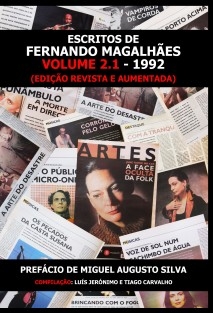
Agora em Portugal - BUBOK - clique na imagem
_Bubok.jpg)
Agora em Portugal - BUBOK - clique na imagem












